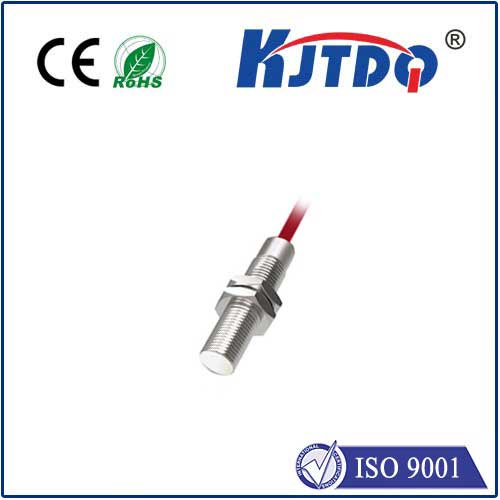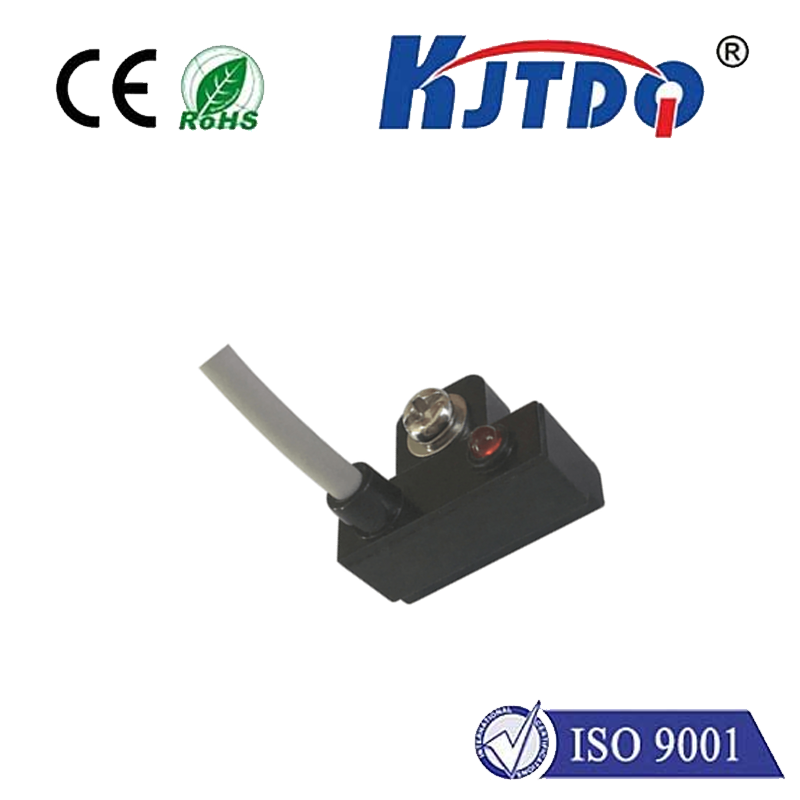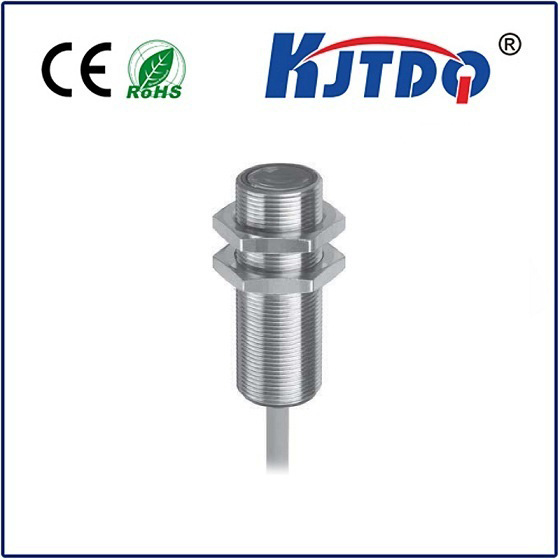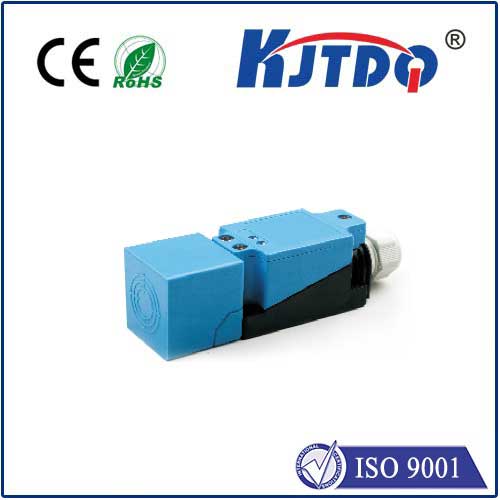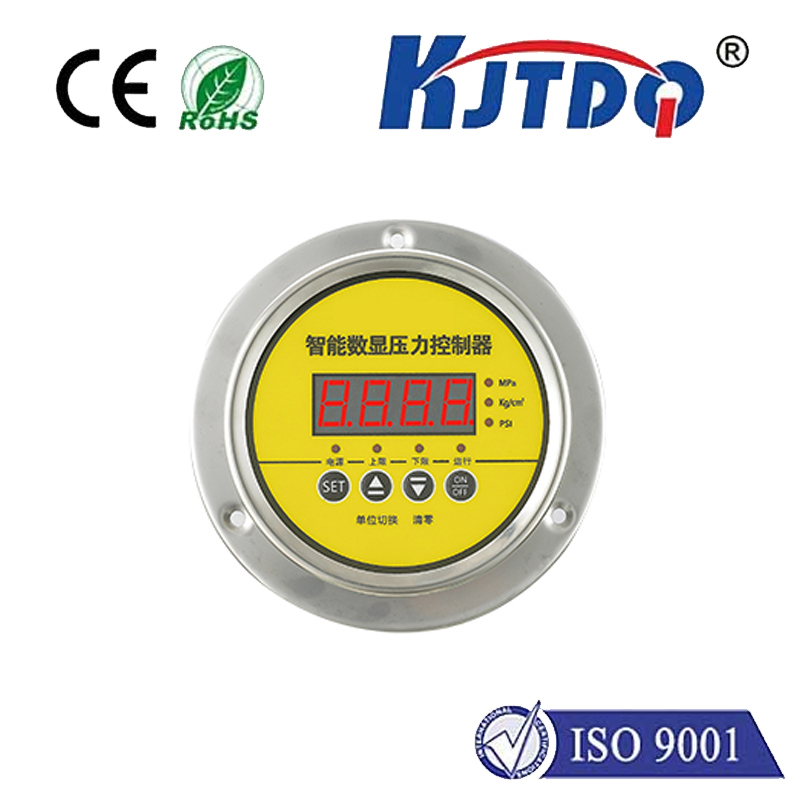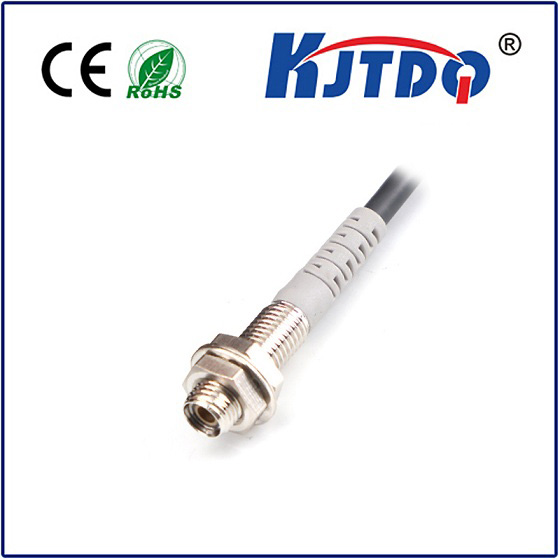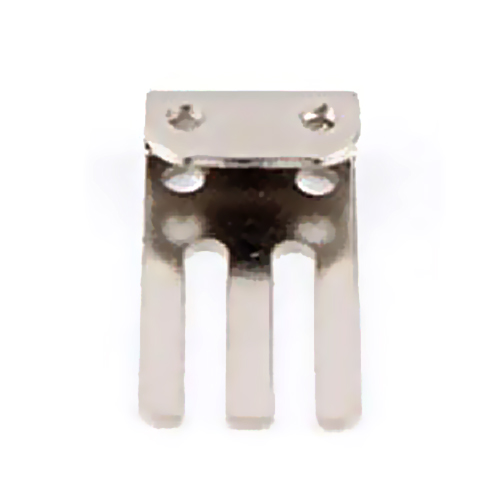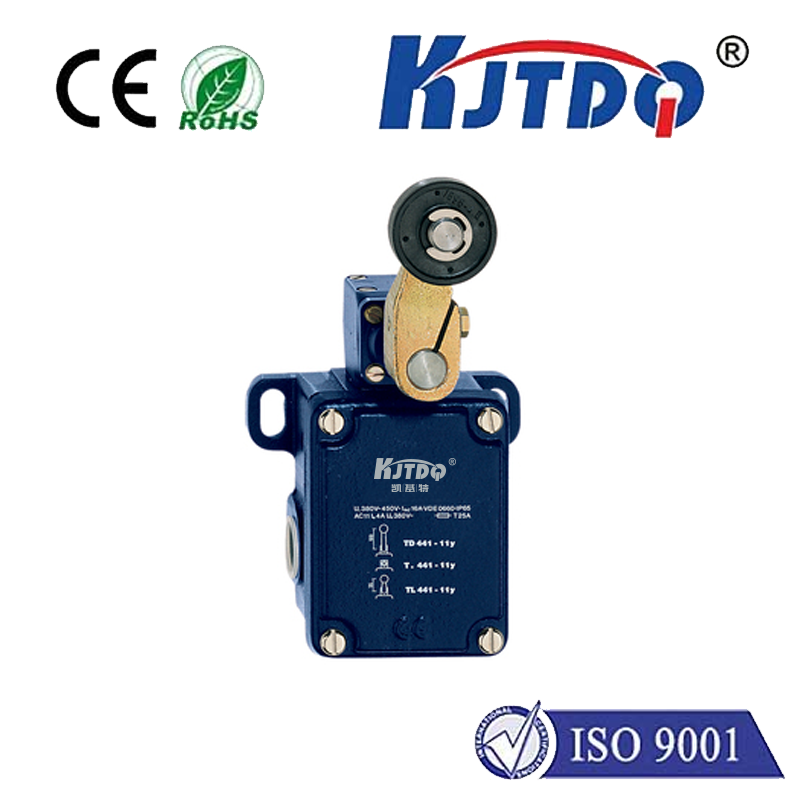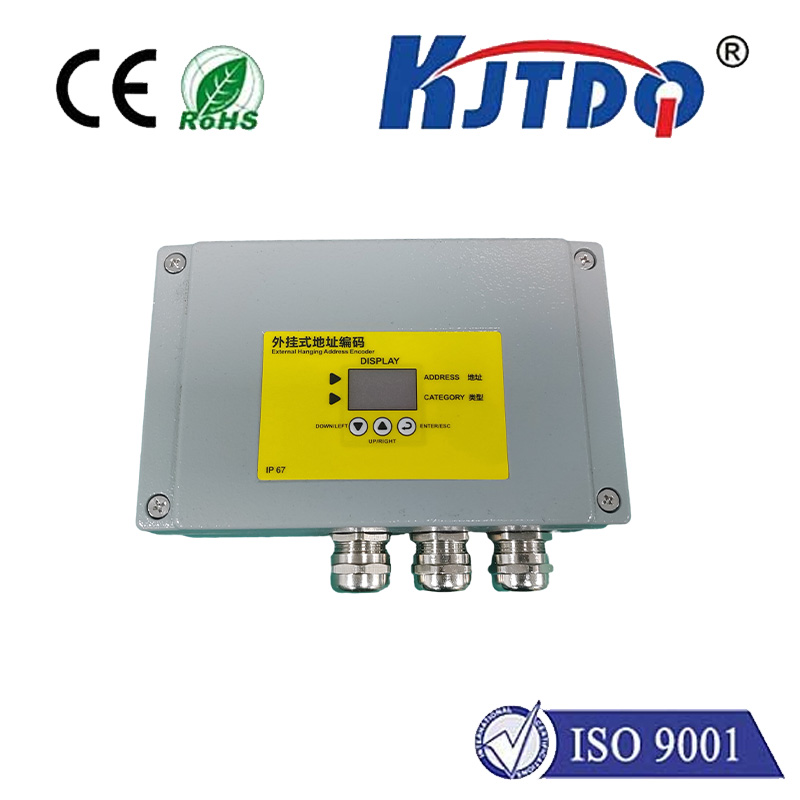

check

check

check

check
Title: The Proximity Switch Sensor: An Essential Component in Modern Technology
In the ever-evolving world of technology, the use of proximity switch sensors has become increasingly prevalent. These small yet powerful devices have revolutionized the way we interact with our electronic devices and have made them more intuitive and user-friendly than ever before. In this article, we will explore the various applications of proximity switch sensors and their impact on modern society.
Proximity Switch Sensors: Definition and Working Principles
A proximity switch sensor is a type of device that detects the presence or absence of an object or person nearby. These sensors use electromagnetic fields or ultrasonic waves to determine the distance between the sensor and the target object. Once the sensor detects the presence of an object, it sends a signal to the corresponding device, which can then take action based on the sensor's input.
The principle behind proximity switch sensors is quite simple. When a person or object approaches the sensor, it emits a signal that is picked up by the sensor. The sensor then analyzes the signal and determines whether the object is within a certain distance range. If the object is within the range, the sensor sends a signal to the corresponding device, which can be used to perform various tasks such as locking a door, turning off a light, or playing a song.
Applications of Proximity Switch Sensors
The versatility of proximity switch sensors makes them suitable for a wide range of applications. Here are some examples:
1. Security Systems: Proximity switch sensors are commonly used in security systems to monitor the presence of people or objects in a particular area. By detecting when someone enters a restricted area, the security system can alert the relevant authorities or trigger an alarm.
2. Automation and Control Systems: Proximity switch sensors can be used to automate various processes in industries such as manufacturing, logistics, and transportation. For example, a sensor can be placed near a production line to detect when a machine has finished its work cycle and needs maintenance.
3. Environmental Monitoring: Proximity switch sensors can be used to monitor environmental factors such as temperature, humidity, and air quality. By detecting changes in these factors, it is possible to trigger actions such as turning on air purifiers or adjusting ventilation systems.
4. Consumer Electronics: Proximity switch sensors are also widely used in consumer electronics such as smartphones, tablets, and smartwatches. For instance, a smartphone equipped with proximity sensors can detect when it is being held close to other devices and adjust settings accordingly.
Advantages and Disadvantages of Proximity Switch Sensors
Despite their many advantages, proximity switch sensors also have some limitations. Here are some of their key features:
* Limited Range: Proximity switch sensors have a limited range, which means they may not work accurately if there are obstacles between the sensor and the target object. This limitation can be overcome by using multiple sensors or by incorporating artificial intelligence algorithms to improve accuracy.
* Power Consumption: Proximity switch sensors consume a significant amount of power, which can be a problem in battery-powered devices or systems that need to operate for extended periods without recharging. However, advances in technology have led to the development of more energy-efficient sensors that require less power.
Conclusion
In conclusion, proximity switch sensors have become an essential component in modern technology due to their versatility and ability to detect objects or people nearby. From security systems to consumer electronics, these sensors play a crucial role in making our lives easier and more efficient. As technology continues to evolve, it is likely that proximity switch sensors will become even more sophisticated and integrated into our daily lives.
